Lauren’s American Folk Art Inspired Foyer
My husband and I recently bought an antique house in Southport, Connecticut. Built in 1804 for a sea-captain involved in the once booming onion trade, the house is Federal style. We fell in love with the house for many reasons, but one of the biggest draws was its proximity to the water and its location in the heart of the historic district of Southport. Since last winter, we’ve been slowly making our mark on the house. Every home we work on is influenced in some way by its architecture, some more than others. The long history of this house, however, could not be ignored. The direction for the interiors stemmed from my desire to reference and reinterpret period design elements. One of the most common ways people in the early to mid 1800s decorated their homes was with painted wall stencils. At the time, the limited, mass produced wallpaper options were seen as basic and so as a result, many turned to itinerant artists to create customized wall stencils throughout their homes. With this concept in mind, I started my research, coming across the work of one particular artist, J. Gleason, whose work I was particularly drawn to. What you learn as you start looking at early American homes is that they were both very colorful and full of pattern. Many homes had stencils on the walls in every room of the house! A palette of rusty reds, ochre, and prussian blue that we now refer to as historic colors were predominantly used. In my own home, I wanted to design a modern rendition of one of Gleason’s stencils, but in a chalky, soft, Swedish Gustavian palette that feels fresh and modern (as modern as a stencil can be, that is). For it’s size, the house has an unusually large foyer presenting us with a wonderful opportunity to make a significant statement right when you walk in. I loved the idea that a wall stencil, which is so rooted in the period that the home was built, would set the tone for the entire house. Today I wanted to take you through the process of creating the stencil which was made a reality by the talented decorative painter and muralist Dean Barger and his amazing team.
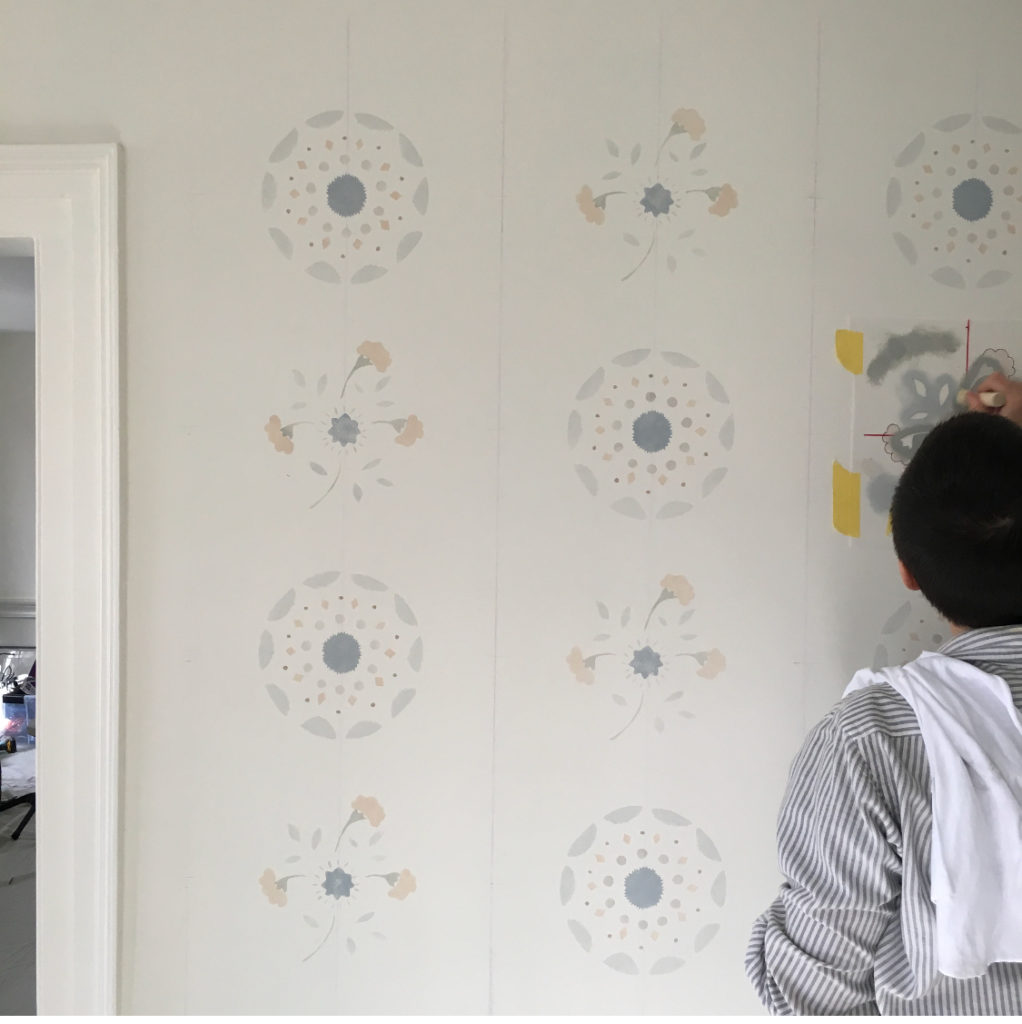
The stencil we created was influenced by ones that artist J. Gleason was doing at the time our house was built. Preservationists have found the name J.Gleason (as the walls were often signed by the artist) on many houses in Rhode Island built from 1800 to 1830 during the housing boom there.

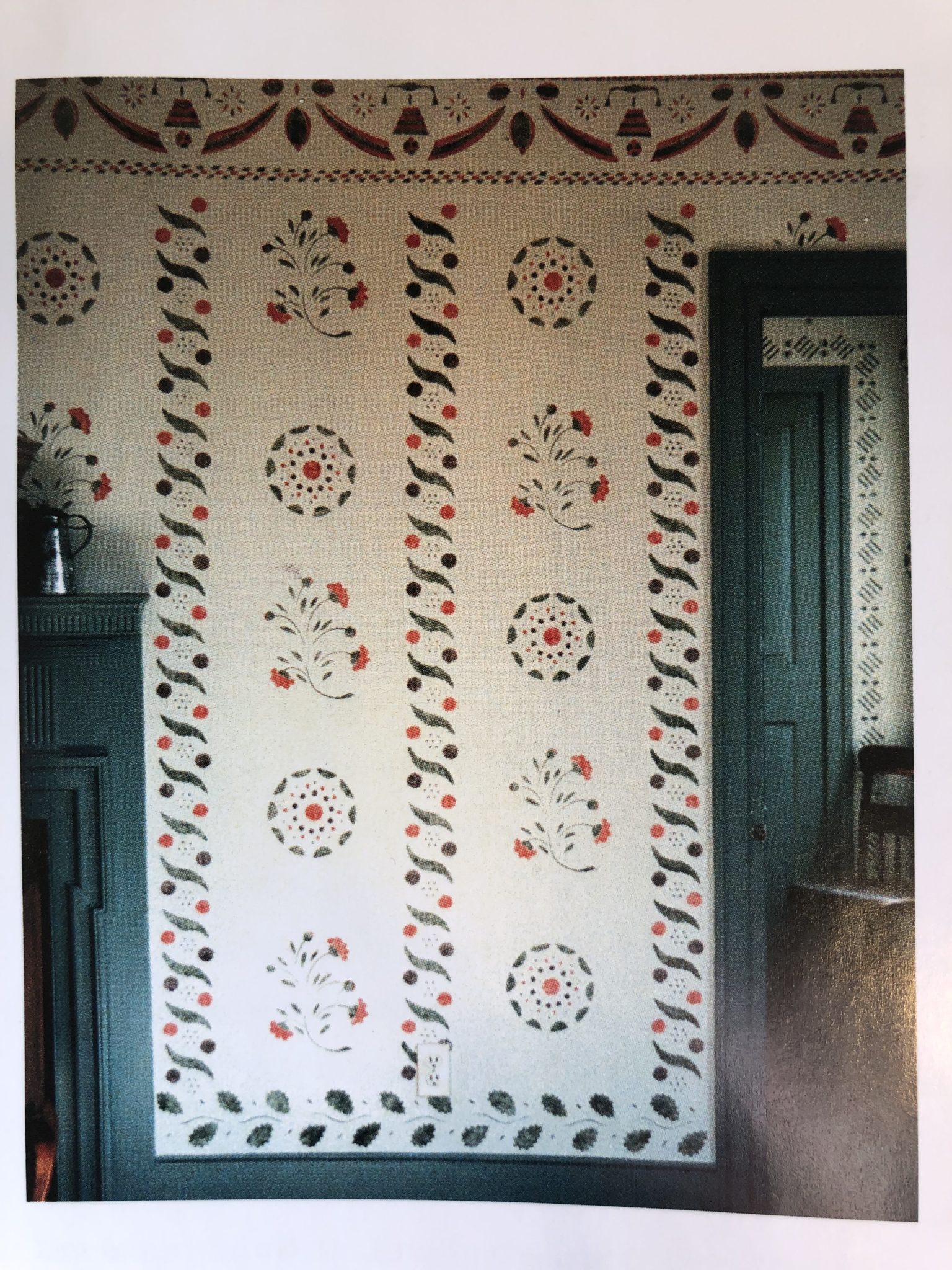
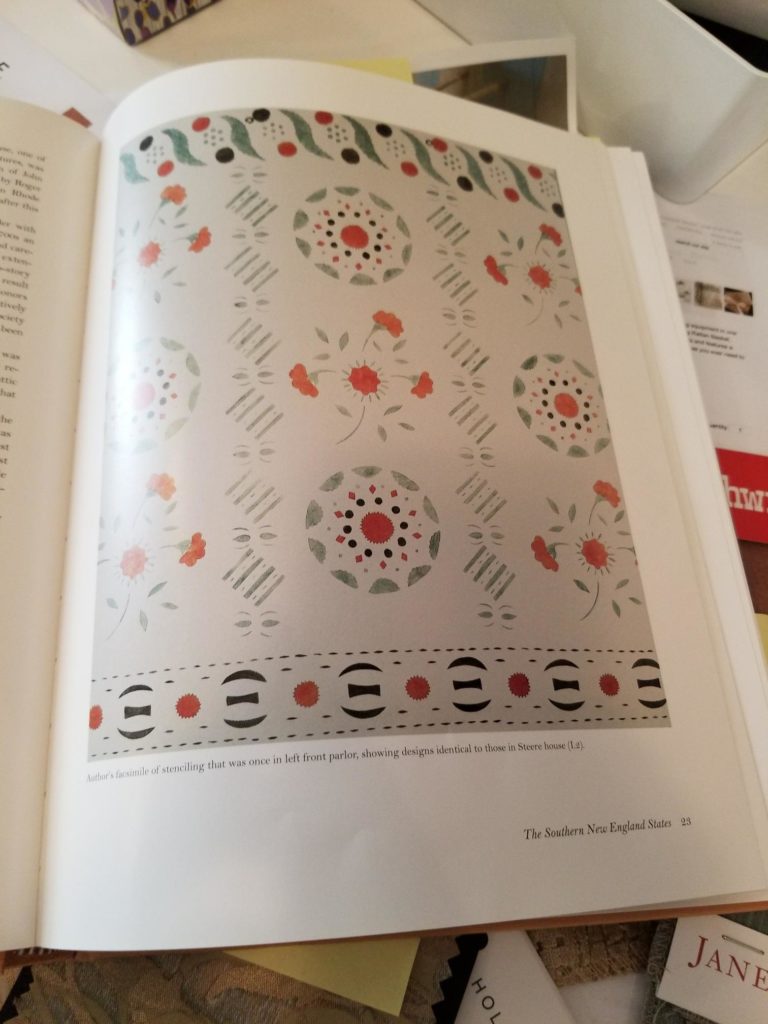
Have a look at the process (which is highly labor intensive!) of how the stencil was made in the gallery below.

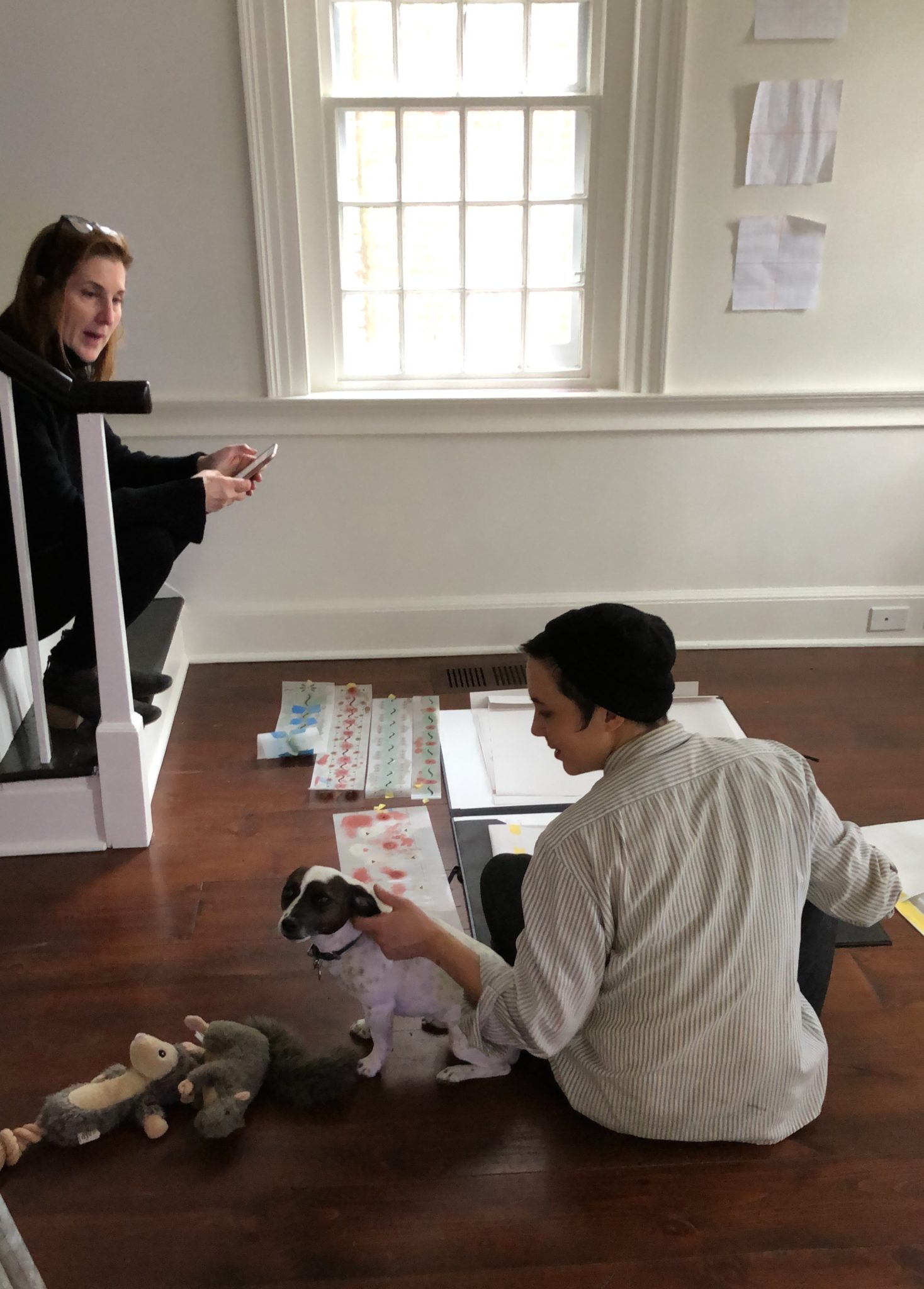
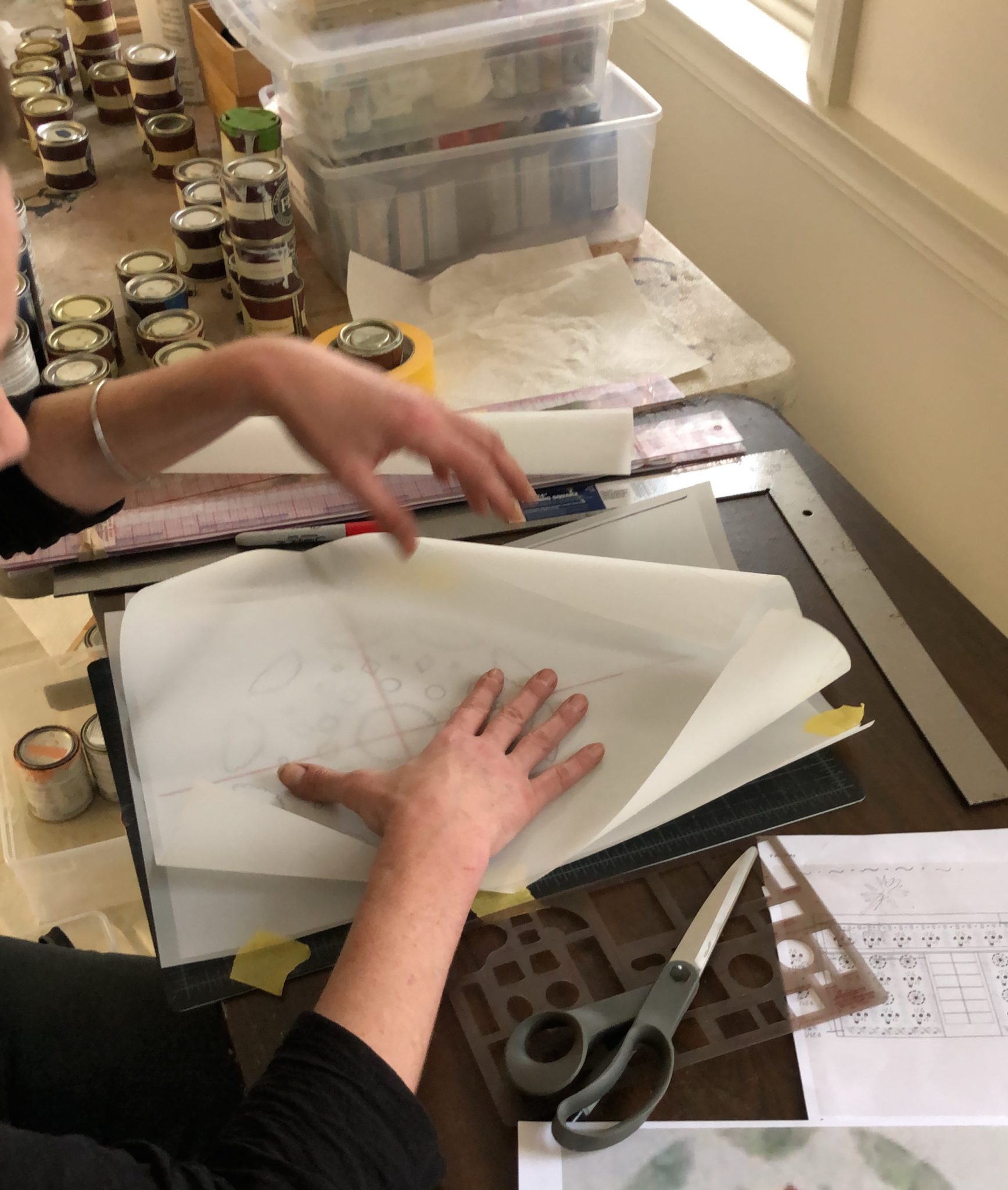

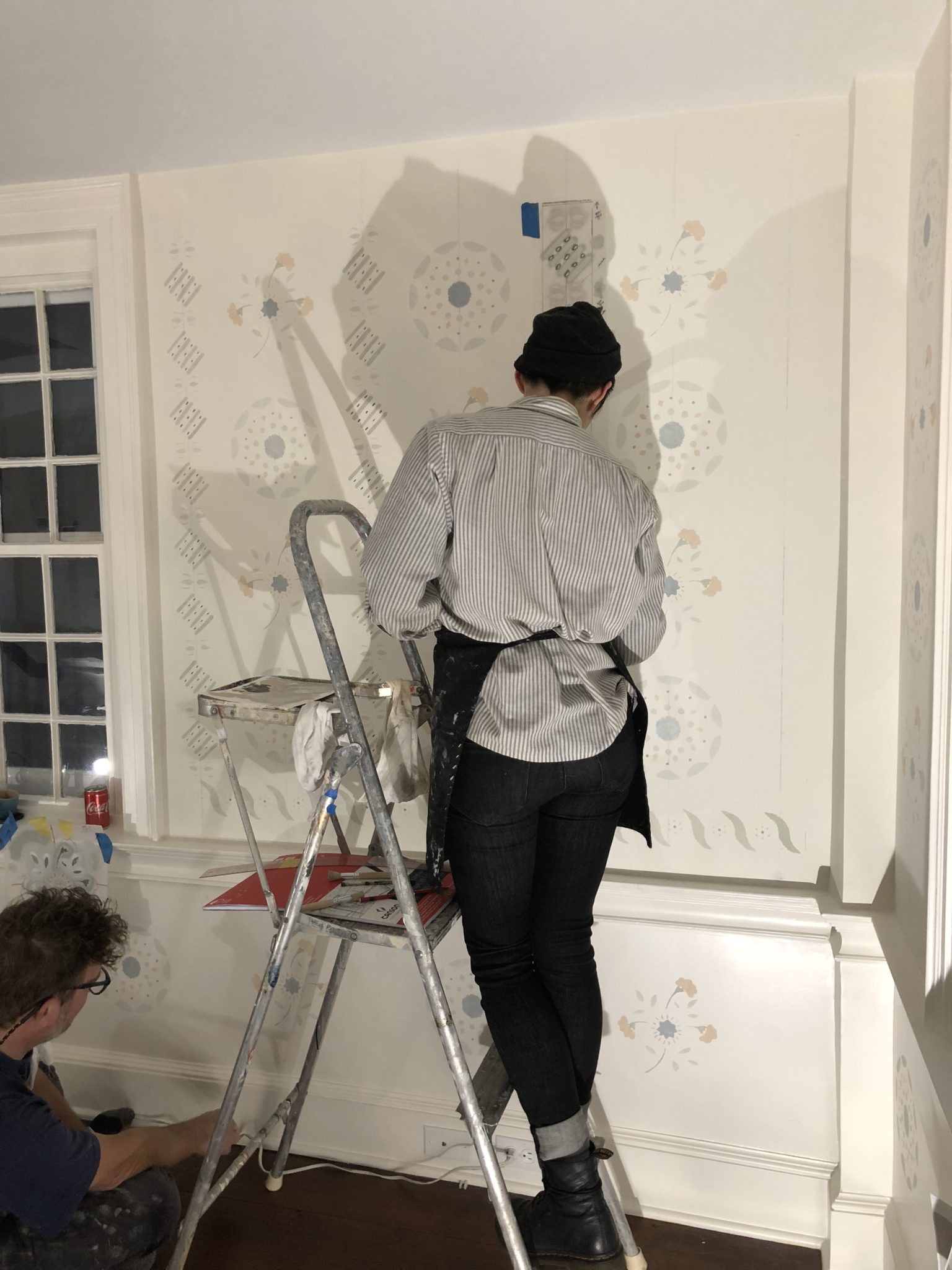
A few short videos showing the process, click the play button!
Gently applying one of the colors. A sponge was used so that the colors appear faded to mimic what a stencil might look like had it been preserved.
Dean uses a brush to add a tea stain over the now dried stencil to make the walls look antiqued.
The finished stencil in all its glory!
Hope you enjoyed this behind the scenes look at a really incredible process. Check back soon for more house updates!
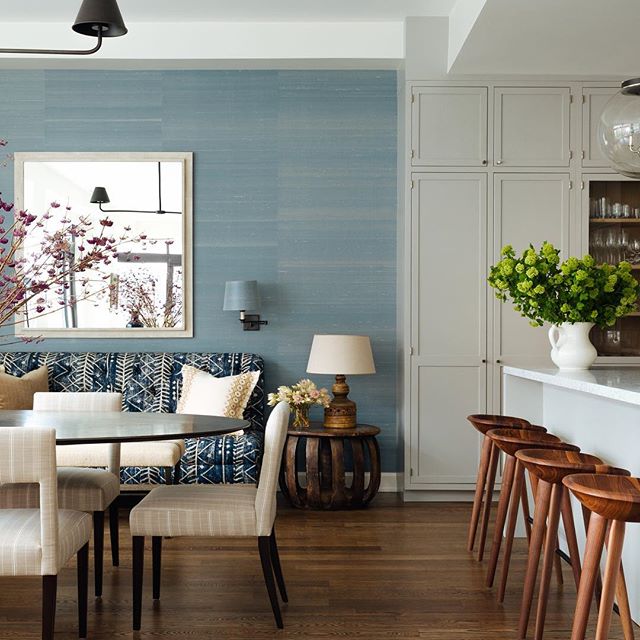 27 January 2017
Cozy Comfortable Kitchen Spaces
When designing kitchens, there's much attention placed on the functionality of it as a work space, but cooking aside, how will the space be maximized in terms of comfort and as a gathering space?
Read full post
27 January 2017
Cozy Comfortable Kitchen Spaces
When designing kitchens, there's much attention placed on the functionality of it as a work space, but cooking aside, how will the space be maximized in terms of comfort and as a gathering space?
Read full post
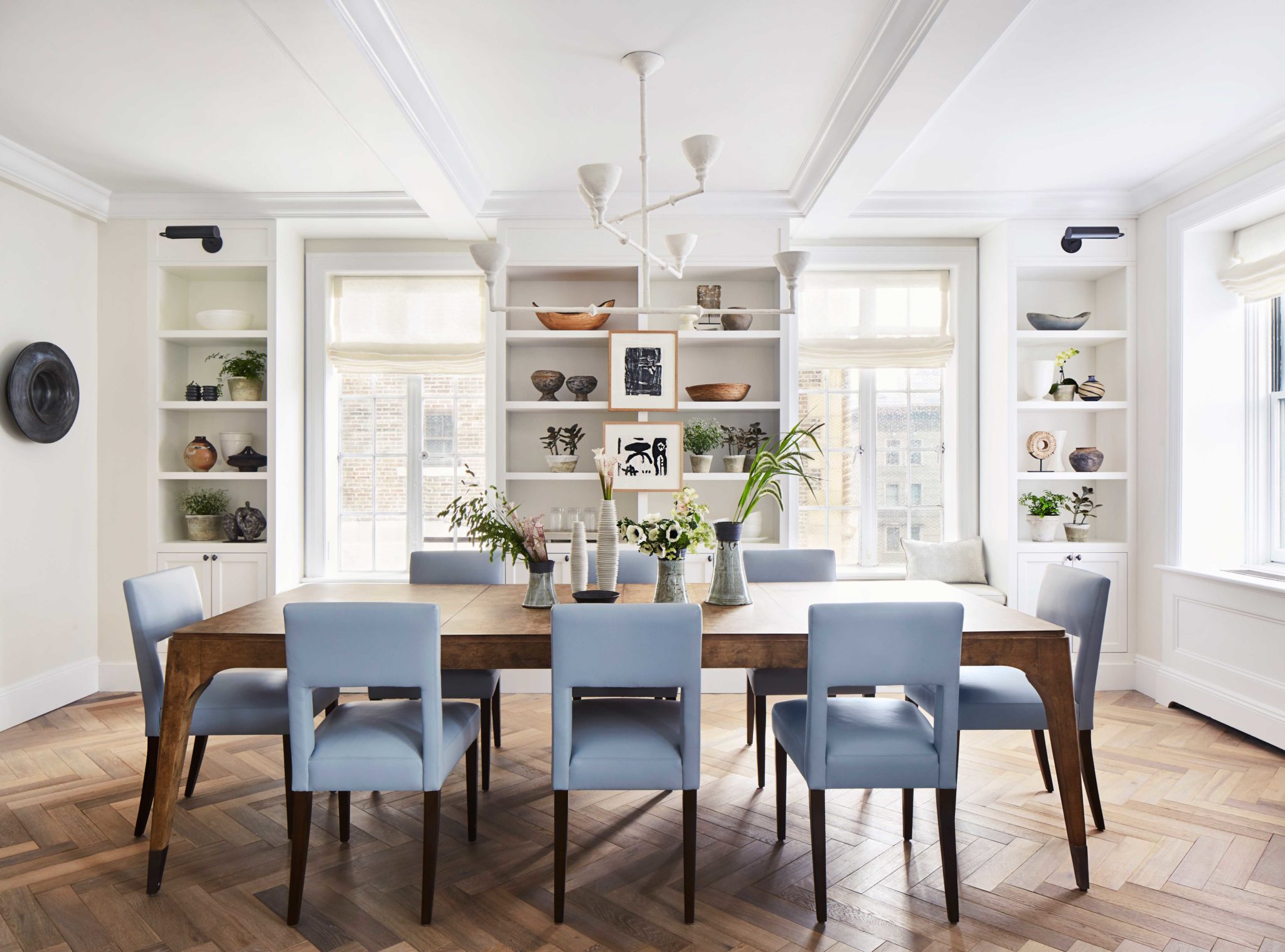 1 April 2016
Renovationing a Washington Square Park Apartment
A pre-war apartment downtown gets updated for modern family living.
Read full post
1 April 2016
Renovationing a Washington Square Park Apartment
A pre-war apartment downtown gets updated for modern family living.
Read full post
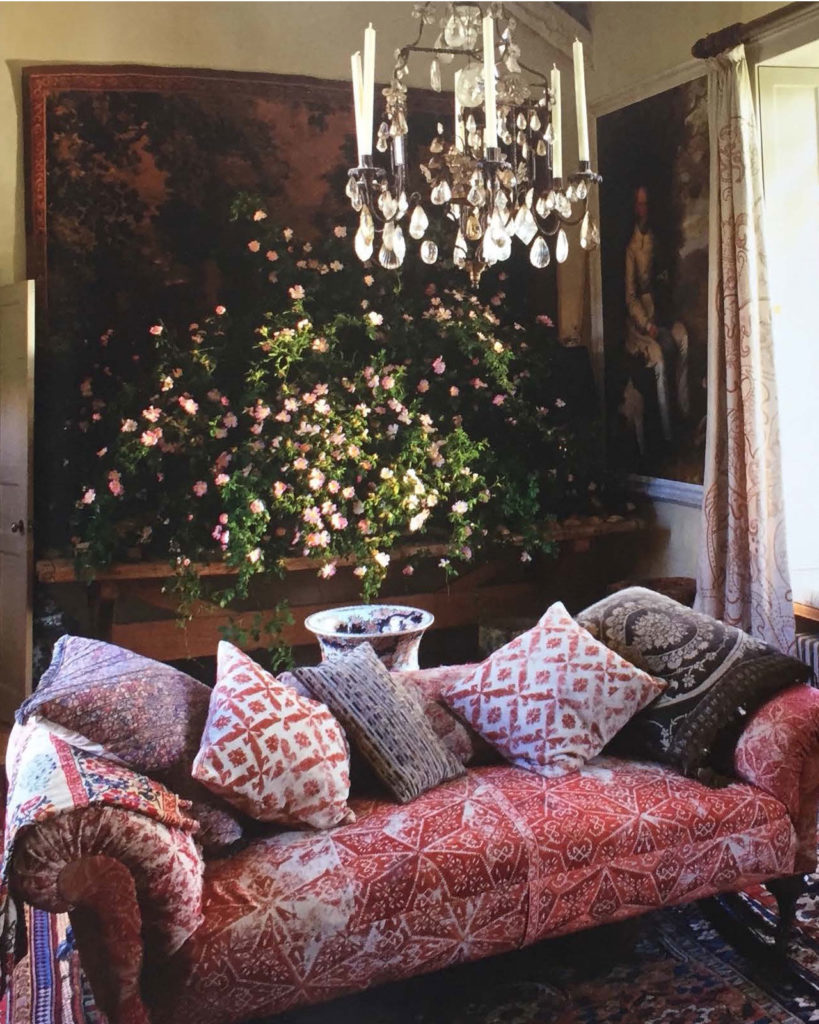 14 November 2018
Inspiration Behind a Brownstone in Brooklyn Heights
Images of classic English country homes informed the design directive for a recent project.
Read full post
14 November 2018
Inspiration Behind a Brownstone in Brooklyn Heights
Images of classic English country homes informed the design directive for a recent project.
Read full post

